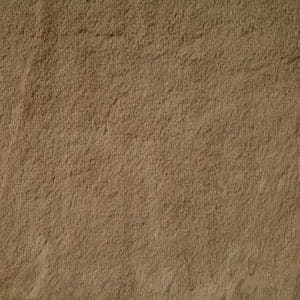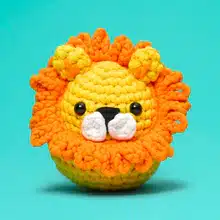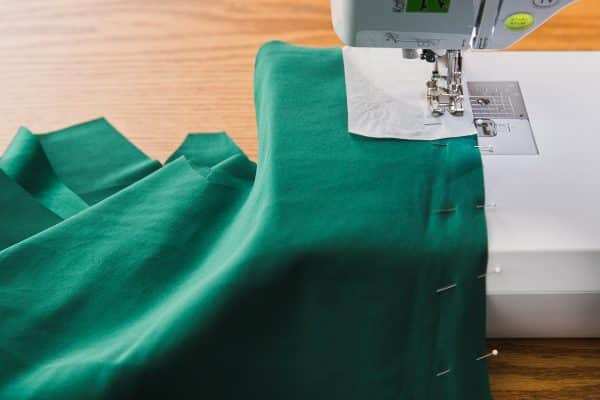Alpaca Fabric: History, Properties, Uses, Care, Where to Buy

Alpaca Fabric is very similar to silk fibers, and it is harvested from the Alpacas, mainly founded in South Africa. Don’t worry! No Alpacas are harmed or tortured during the harvest. It is then blended with the finest wool to create an exquisite Fabric.
Table of Contents
History of Alpaca Fabric
This fabric goes way back in time, about 2000 years ago. A Paracas Textiles used this fabric and its fibers to stitch the clothes and fancy garments of royalty. It was termed as The God of Fabrics. Even in recent years, no other Fabric has been able to replace Alpaca Fabric.
It was revealed in a study that Alpacas were bred in South America for around 5000 years ago. They were domesticated and tamed by the native tribes. Because of this ancient tie, archeologists were able to identify the Alpaca fibers as the fibers of fabric collected at the time of Spanish Conquests.
It wasn’t until 1800 that the English discovered the Alpaca Fiber themselves, and like that, it became popular again.
Properties of Alpaca Fabric
This “Super” Fabric has many distinct characteristics like:
Eco-friendly:
The Alpaca Fabric is renewable, which means you don’t have to purchase another garment for a long time. Although the shearing process may seem painful, the Alpaca feel much lighter and more relaxed after weight of approximately 7 kilos is stripped off of them.
Durable:
You can pass down your Alpaca Fabric clothes for generations, and it won’t lose its grace and charm. The fibers are sturdy and have high tensile strength.
Water-repellent:
This fabric has high resistance against water and a very low retention rate of water. So, no more worries about getting drenched in this remarkable fabric.
Hypoallergenic:
If some of you are allergic to lanolin, a wax secreted in animals that produce wool, then you don’t need to worry about using Alpaca fabric; it doesn’t have any lanolin.
Soft:
The silky and soft feel of this fabric is a win for you. You can easily enjoy wearing fancy, bright and luxurious clothes which are equally comfortable. It may be like sheep wool, but it does not have an itchy nature.
Warm:
Alpaca Fabric is the ideal choice for winter garments as it is hot. The fibers of the wool trap the air (but are breathable too) and retain heat. They do not feel bulky and stay light-weight and easy to carry.
Uses of Alpaca Fabric
Clothing and Furnishing:
Popular uses of this fabric include the making of socks, pants, shirts, jackets, sportswear, sweater, gloves, and mittens. It is widely used to make all outdoor clothing items. To keep the house warm and yourself cozy on a breezy winter afternoon rugs, carpets and bed sheets are made from this fabric.
Alpaca Fabric is used vastly to exercise stitching techniques like weaving, felting, dyeing, and spinning. This fabric is a favorite in the designing of knitwear.
Caring for Alpaca Fabric
This luxurious fabric should not be machine washed. To keep the original nature and appearance of this fabric intact, you have to take care of it.
Make sure you soak the fabric in a weak concentrated wool soap. Then gently wash the fabric without stretching it and adding pressure. Try to squeeze excess water softly and let the garment hang dry. Store it in a clean space and pack it nicely.
Where to buy Alpaca Fabric
We recommend buying Alpaca fabric at Fabric.com.







